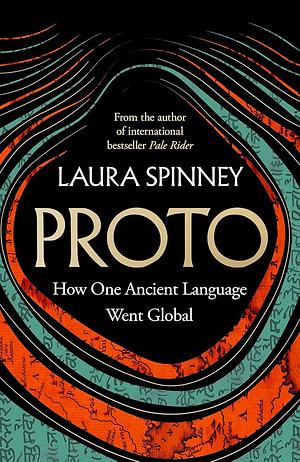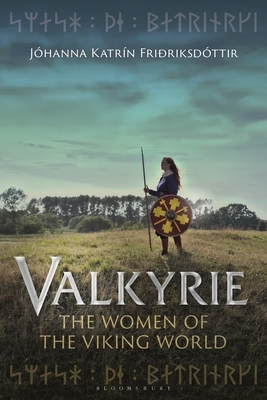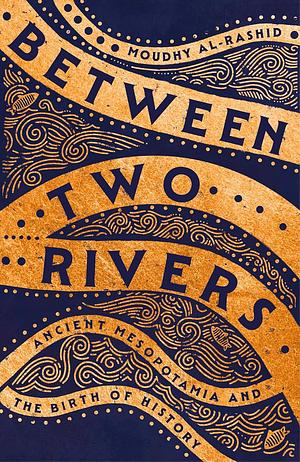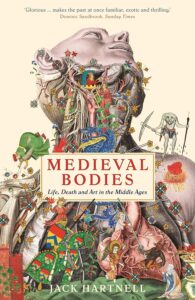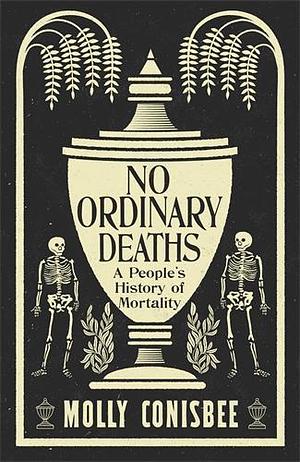
No Ordinary Deaths: A People's History of Mortality
by Molly Conisbee
Genres: History, Non-fictionPages: 352
Rating:

Synopsis:History is written by the A-listers' deaths - the queens beheaded and archdukes assassinated. We hardly ever learn how ordinary folk met their end and with what consequences, or consider how death has moulded our beliefs, politics and societies through time.
Historian and bereavement counsellor Molly Conisbee reveals how cycles of dying, death and disposal have shaped the lives of everyday people. Richly told and startlingly fresh, Conisbee's evocations of a cross-dressing madam in Victorian London or the professional death-watchers of the Middle Ages, of wakes, plague pits and graverobbers, all paint a fascinating picture of the hopes, fears and wishes of our forebears.
Molly Conisbee’s No Ordinary Deaths is a history of mortality as experienced by (some) people in the UK, trying to focus on those we know less about — not the deaths of kings and queens, but shopkeepers and housewives, servants and petty thieves. I found it mostly successful in providing something of that point of view, and appreciated some of the examples dug up, especially in the chapter about queer experiences and deaths.
That said, I don’t think it was a good choice for me to read right now, because a central thing that Conisbee returns to again and again is that people these days aren’t in touch with death. Death happens away from the home, people don’t see corpses, people don’t sit with the dying, etc, etc… aaaand my constant urge was to call bullshit, because of course, that’s not my personal experience. I was with my grandmother when she died, quite intentionally; longer ago, I also saw my grandfather just after he died, and had intended to be there.
I’m sure I’m not alone in that, though I do think that the generalisations are broadly correct — it’s just a raw spot for me right now, and bad timing to read this particular book. It’s possible it could be written without constantly harping on that theme, and I might’ve liked it more that way, but that doesn’t make it a bad book, just one I didn’t get along with right now.
Rating: 3/5 (“liked it”)



